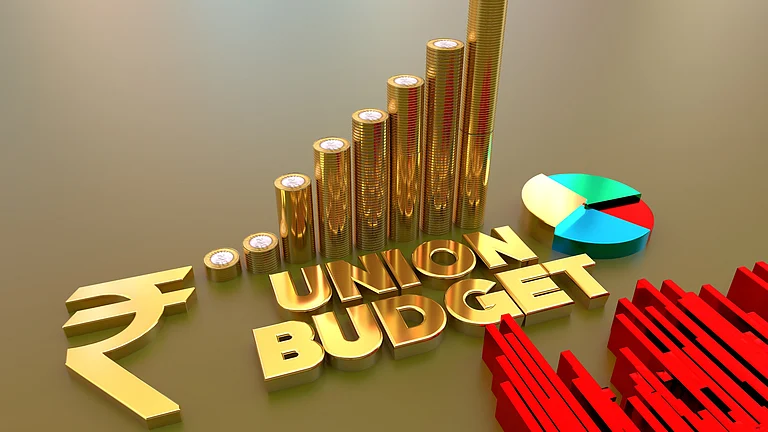Over the last month, the interest rates of small savings schemes - for example, Public Provident Fund (PPF), National Savings Certificate and Kisan Vikas Patra, have been revised downwards by 70–140 basis points (100 basis points = 1 percentage point). For instance, the interest rate on PPF has been slashed downwards from 7.9 per cent to 7.1 per cent, Kisan Vikas Patra has been revised downwards from 7.6 per cent to 6.9 per cent, National Savings Certificate has been revised downwards from 7.9 per cent to 6.8per cent, Sukanya Samriddhi Account has been revised downwards from 8.4 per cent to 7.4 per cent, 5 year senior citizen savings scheme has been revised downward from 8.6 per cent to 7.6 per cent.
This has been done as interest rates of small savings schemes are being linked to government bond yields (which have been hovering around 6.5 per cent - 6.6 per cent) and an added premium of 0.25 per cent - 0.75 per cent. In addition, as the repo rate (the rate at which commercial banks borrow from the RBI) has been reduced by 125 basis points over the last few months to 4.40per cent, the deposit rates on small savings schemes had to be reduced to keep them lower than the rates at which banks loan out money (hovering between 7.75 per cent - 8.5 per cent). In fact, this has been a long- awaited reduction to make these savings instruments adjusted to market realities.
In this context, the key question is if these instruments are still investment worthy vehicles, especially for retail investors like senior citizens. Given this downward revision, retail investors are likely to earn 10 per cent – 15 per cent lower interest income after this revision. There are hordes of newspaper articles that recommend blind investing into the equity markets. The accurate way to evaluate this question is through the lens of real interest income and the opportunity cost of alternate investment vehicles. The following explores these two lenses.
The real interest income, calculated as difference between the return from these small savings vehicles and the inflation in India, is expected to hover around 2 per cent - 2.5 per cent (~7 per cent return from small savings schemes - 4.5 per cent inflation). Inflation in India is expected to be steady around 4.5per cent with the crash in oil prices (currently at 30$ / barrel) and stabilising of food prices once the supply shocks during the lockdown phase stabilise. Even after factoring an income tax in the middle slabs, a guaranteed real interest rate return of 1.5per cent - 2.0per cent in this volatile market is a reasonably good wealth creation vehicle.
The primary opportunity cost of alternate investment vehicles is investing into the equity markets. While history dictates that (during the dot com crash, the 9/11 crash and the sub-prime crash) the equity markets return a CAGR of 20 per cent in the subsequent three years after a major crash, it is an environment that is best avoided for now. The COVID-19 impact is likely to have the greatest impact on global GDP (~3per cent negative impact of global GDP) compared to the past crises (~1.5per cent negative impact of global GDP) which feel like pleasant winds next to it.
Other investment vehicles like bank fixed deposits are not as attractive as their returns are 0.5per cent - 1.0per cent lower than small savings schemes. The only investment vehicle which should be at the top of every investor’s recommended list should be the voluntary provident fund (VPF). The VPF is deducted from an employee’s salary without a specified cap with an assured rate of 8.65per cent. However, for retired senior citizens, this is an avenue that is not easily available. While gold has seen a spectacular rally over the last 12 months with a ~30 percent appreciation in its value, its ability to further rise is a matter of speculation.
In conclusion, while the government has significantly slashed the returns from small savings schemes, they are still a very good investment vehicle for conservative retail investors. An abrupt downward change in portfolio weight towards these vehicles is not recommended. In fact, there is a strong case to further invest in these vehicles till there is further clarity on the quantum of COVID-19 impact on the Indian economy.
The author is an MBA from IIM -B and a professional strategy consultant





























